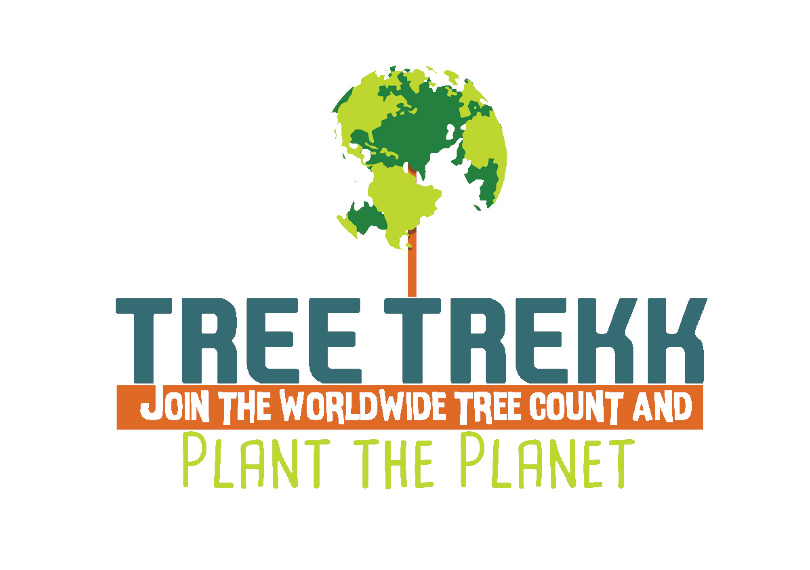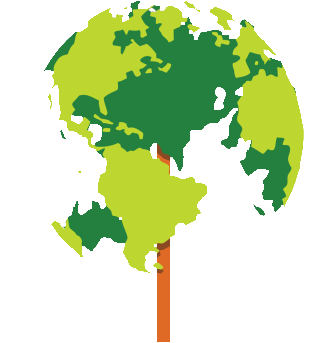
Planting Guidelines
TreeTrekk ("TreeTrekk", "we", "us", "our") has the best interests for users and user experience and by allowing user generated content, places responsibility in the hands of users. Please read the following guidlines and disclaimer for your, others, and the environment's protection and safety while planting trees.
We strongly recommend reading the Tree Council's Tree Planting Guide.
Choosing your Tree
We encourage you to buy your own trees from local garden centres, however please research local tree species and buy a tree that will fit with the local ecology.
Choosing a Location for your Tree
Selecting the correct planting sites and the right trees is critical – mistakes can be long lasting and difficult to rectify. Think about the future of the area and the size of the tree. The ideal tree, is a tree that can grow to full maturity without needing any alterations or causing any issues over time.
Places to plant trees can include:
- front and back gardens
- existing tree pits
- roundabouts
- grass verges
- traffic islands
- housing estates (but beware of
- underground services)
- parks and open spaces
- alongside public footpaths
- school/college grounds
- city farms
- local nature reserves (without disturbing the ecological balance)
- woodland (without disturbing the ecological balance)
- golf courses
- hospital grounds
- industrial estates
- shops and office car parks
- playing fields
- development sites
Those are examples of suitable places, however examine each planting location independently as many variables can affect suitability.
Assessing a Planting Site
It is critical to think about ownership of land when planting trees. When planting a tree, if the land is private, permission should be aquired from the landowner first.
Consider proximity to buildings and structures. Many recent building foundations are adequate for trees to planted near them, however as a general rule, always give appropriate room for the tree to thrive. Willow and poplar trees should be planted with the most care, as their roots span far and require so much water.
Trees can grow extremely tall. Think of the ultimate height of the tree. Never plant trees beneath power lines, or that will obstruct roads, road-signs, railways, security lighting or cameras, or obscure a path. Also consider the line-of-sight for drivers.
Trees live for a long time. What is the future of the area, are any developments or services expected to be put in the area. If so, consider approaching the local authority about integrating tree planting with the project.
Consider the local ecology. Ecological factors may mean that it is best not to plant trees at all. Is natural regeneration already taking place? If so, this may be preferable for wildlife. Will trees shade out old grassland, streams or ponds, or damage heath, peat or very damp ground such as bogs which are valuable habitats for animals? Are there good reasons for the site being treeless, for example a field for grazing cattle, too exposed, thin, or polluted soil?
Planting the Right Tree Species
Trees have many species, it is important to research what is best for the tree you are planting. As a general rule, it is best to copy nature and plant trees that are already successful in the area.
For a rural site, choose species in keeping with the existing woodland.
For an urban site, choose species that are tolerant of atmospheric pollution and soil pollution.
Some trees grow fruits which can fall and make pavements slippery.
Some trees grow poisonous fruits, do not plant these near playgrounds or where animals graze.
Some trees grow poisonous fruits, do not plant these near playgrounds or where animals graze.
When to Plant
Bare-root trees should be planted during the dormant season. Container-grown trees can be planted all year round. In all cases, avoid days when the ground is frozen. A good time to plant is between August and December, the autumn months. In dry areas, late autumn planting is best for most species as this gives trees a chance to become established before spring droughts. In wet areas, early spring planting is best.
Recommendations
Trees have spread across the planet for millenia without humans interference. It is advised to plant an unobtrusive place, where the surrounding ecology is similar to the species of tree, and where the tree can thrive without causing any hazard to local life. We always recommend doing you own research. For more information regarding tree planting, please check the following sources:
The Tree Council's Tree Planting Guide
The Woodland Trust
GOV.UK Forestry commission
Trees for Cities
Any further questions, please do your own research or email [email protected]



